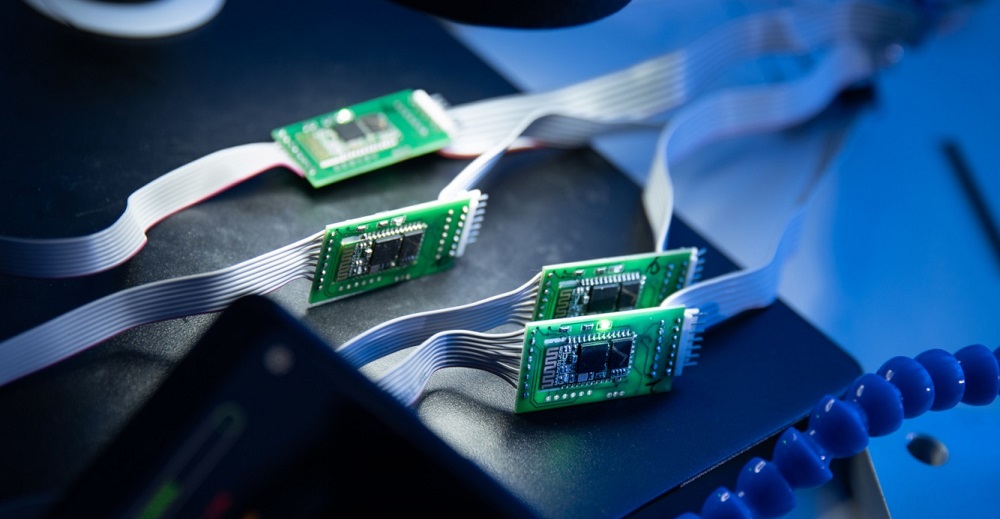Due to modernization and technology, industries have started implementing automated systems to boost productivity and efficiency at work. Due to the extensive usage of these systems, the industrial automation industry has expanded dramatically, reaching 127.04 billion dollars in 2018 and expected to reach a mind-boggling 296.70 billion dollars in 2026.
Although these figures demonstrate an increase in the use of automation systems, they do not distinguish between the many different types of automation systems. Your business will need the best automation solution depending on the labor market, labor costs, production and assembly needs, and competitive pressure. Below are emphasized the many categories of automation system types and the industries where they are most commonly employed.
What Is Automation?
Automation is the process of carrying out tasks using various types of equipment. Automation is accomplished by utilizing information technology and control systems, which will lessen the amount of human effort. Automation, which has played a significant part in industrialization and can be considered a step above mechanization, can be broadly defined as the act of operating machinery using electronic gear.
What is the reason behind automation?
Automation leaves more time for your business to focus on its primary objectives by lowering possible mistakes, time, expense, and effort. Repeated tasks can be finished faster. Due to the consistency and lack of human mistakes in every action, process automation provides high-quality results.
What is the need for automation?
You can replace or reduce human labor by up to 90% with technology because people can make mistakes, which can get worse under certain circumstances. The automated system is dependable, error-free, and capable of completing tasks swiftly and precisely. The mechanical gadget may function in dangerous environments and can take the place of humans requiring strenuous physical labor. The mechanical gadget is capable of tasks that are unattainable for humans.
What equipment is needed for automation?
The following instruments are necessary for automation: programmable logic controllers (PLC), SCADA, human-machine interfaces (HMI), and variable frequency drives (VFD). PLCs are electronic devices capable of performing various tasks, including timing, logic sequencing, arithmetic control, and more. The PLC requires less wire since it is programmed by software.
Real-time industrial process control is made possible by SCADA, and manufacturing equipment may be observed locally or remotely with its aid. The SCADA system can locate system defects and communicate with the control system. A human-machine interface is made possible via HMI.
Read More: An Ultimate Guide About Difference Between Fully Tiled Bathroom And Half Tiled Bathroom
Types of automation
1. Fixed automation
Fixed automation systems, often complex, consistently complete a specific set of duties. This kind of system would usually be employed for continuous flow systems and discrete mass manufacturing because of its purpose. An automated conveyer belt system that moves things from point A to point B with the least effort is an example of fixed automation equipment. Automated conveyor belts carry out fixed and repetitive tasks to reach large production quantities, much like any other fixed automation system equipment.
Adopting a fixed automation system, such as automated conveyor belts, and incorporating value-added solutions during their installation lessens the pressure the rivalry places on your business, increases your profit margin, and puts you one step ahead of the competition. An example of an additional value solution would be bundled wire for automated conveyor systems. In addition to reducing installation time and labor costs, this also protects workers from accidents caused by pulling wire during installation.
2. Flexible automation
A flexible automated system can manufacture a range of goods (or components) with almost any downtime between batches of different goods. No production time is lost while the system is being reprogrammed and its physical configuration changed (tooling, fixtures, and machine setting). So instead of needing that they are created in separate batches, the system may produce a variety of product combinations and timetables. Benefits include:
- Flexibility of products
- No time is lost when new production adjustments are made.
Disadvantages include:
- High custom machinery/automation cost
- Higher cost per unit
3. Programmable automation
Thanks to programmable automation, production machinery, and automation may be modified to meet changing demands. Software is used to control automation, and it can be programmed in precise ways to change the automation’s sequence. It’s employed more frequently at low to medium production levels and works best for batch manufacturing.
They can now create one product in quantities of a few dozen to maybe thousands at once. If the product has to be modified, it just needs to be reprogrammed once.
What is industrial automation, and what function does it play in various industries?
Manufacturing items with computers and programmable controllers are known as industrial automation. Control systems used in automation include PLCs, numerical controls, and various types of industrial control systems. By utilizing computer-aided technologies like CAD, CAM, and CAX, it also employs information technology to regulate industrial processes.
You can automate the production equipment and tooling, material handling and inspection equipment, and the computer systems that manage the manufacturing processes in a plant. Industrial automation is essentially the utilization of robotic equipment to perform production operations.
What benefits can industrial automation offer?
Industrial automation has enabled production activities to be completed rapidly and efficiently. Computerized robots are used in industrial automation and can easily do challenging tasks. In dangerous locations, you may employ this mechanical gear instead of people. Industrial automation reduces the number of employees, which enables businesses to save money. Although robotic machinery was initially quite expensive, the company will eventually compensate for this loss due to fewer people.





















